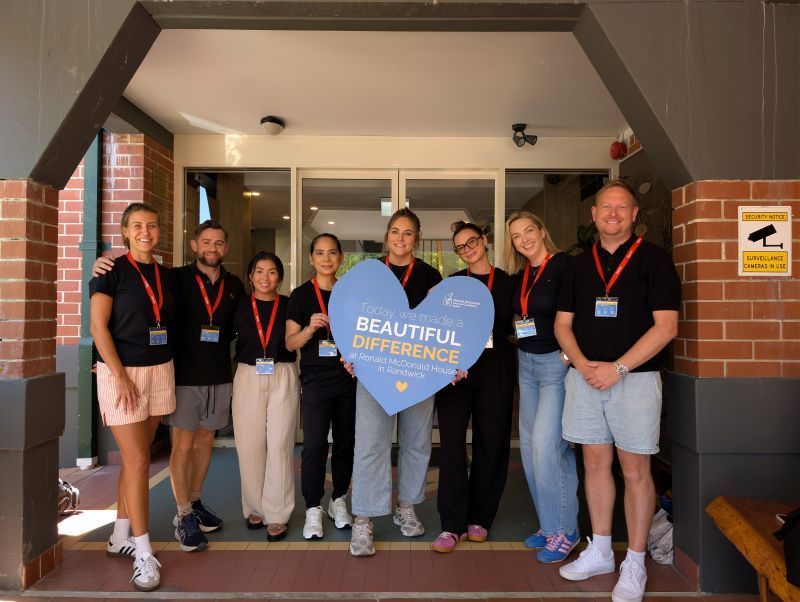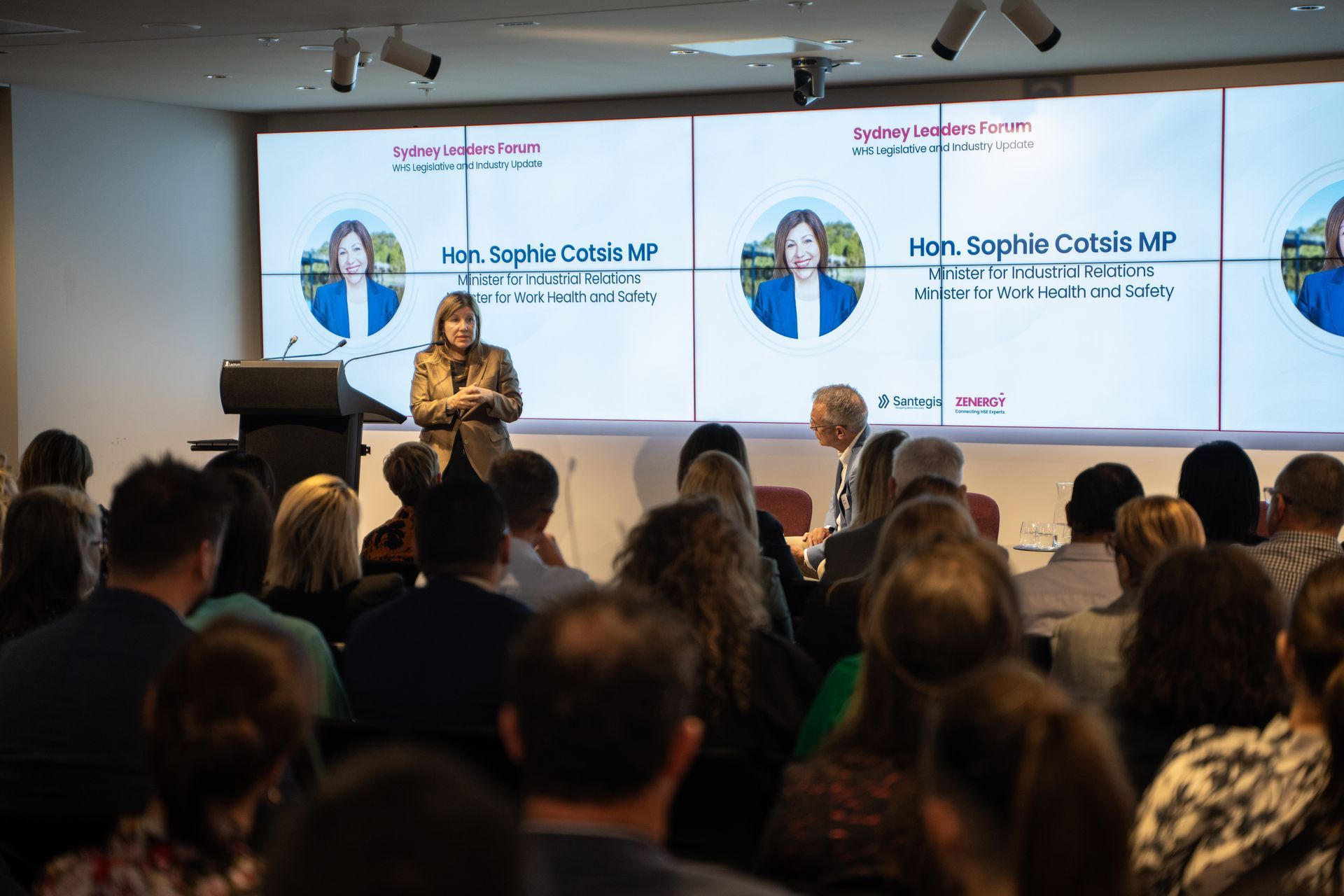Traffic Management on Construction Sites
Traffic Management on Construction Sites

Traffic Management on Construction Sites
Construction sites are busy places with intersecting traffic between cars, trucks, cranes, mobile equipment, industrial vehicles, and pedestrians such as workers, managers, delivery staff, and visitors. There is a powered mobile plant moving around; deliveries coming and going; loading and unloading of materials; and different trades working alongside each other to get the job done.
Managing traffic at a construction workplace is an important part of site safety. Construction vehicles moving in and around a site, reversing, loading and unloading are often linked to accidents and injuries. Inadequate planning and control are the root causes of many construction vehicle accidents.
With so much happening in and around construction sites, good traffic management is an essential part of keeping people safe – and keeping project schedules on track. Construction sites are not the only workplaces where traffic and people must work together, but transport management can be more of a headache in construction than in other industries. The problem in construction is that every site is different, different site layout, different access points, different requirements, different tasks, and different plants and machinery and the site needs various layout arrangements at different stages of the projects.
Risk Control Considerations
Let’s look at the key issues and the general risk controls for managing traffic on Construction Sites.
Keeping People and Vehicles Apart
It sounds simple: keep pedestrians and vehicles apart – but it’s not always as easy as it seems. The majority of construction transport accidents result from the inadequate separation of pedestrians and vehicles. Traffic routes are high-risk places but also places where people and machines don't need to be together, so it's easier to keep them apart.
Keeping Site Plant Away From Hazards
It's not just people that machine and vehicle drivers on your site need to be aware of. The site traffic plan should allow for suitable and level routes for traffic on the site. Construction sites don't have the luxury of a finished road or traffic route until the end of the project. Excavations, and uneven, or unstable ground can create a danger of overturning vehicles.
Maintaining and Inspecting Plant and Vehicles
All vehicles and plant on site need to be safe. Built-in controls such as guards, brakes, and alarms need to work to be effective. There are legal requirements to make sure equipment is maintained and in good working order, and it is important for the safe movement and operation of vehicles on site. All plant and vehicles should be inspected and maintained so that they are safe to be on site.
Minimising Vehicle Movements
While construction site traffic is often unavoidable, it should be reduced as much as possible. It is a familiar story, something about waiting for a bus and they all come at once. Well, the same can happen with deliveries, especially during site setup. This requires planning ahead and scheduling deliveries and other vehicle movements so they can be managed safely. The fewer vehicles on site at once, the less crowded, and safer the site will be.
Reversing Vehicles
Where possible, construction sites need to avoid the need for vehicles to reverse as this is a major cause of fatal incidents. One-way road systems allow vehicles to always travel in a forward direction which can minimise risks, especially in storage areas.
Signs, warning devices and visibility
Signs should be used to alert workers and pedestrians to potential hazards from vehicles entering and exiting the construction workplace and other requirements like pedestrian exclusion zones. Signs should be placed at all entrances to the site, as well as along pedestrian routes. These signs should be brightly coloured and easy to read, with clear instructions on how to safely navigate the construction area.
Speed
The faster plant and vehicles are moving, the less time drivers have to react, and the less chance pedestrians have of getting out of the way. The speed limit selected for the work zone depends on several factors, such as the degree of vehicle and pedestrian conflict, the type and extent of the work, the characteristics of the road, and the separation between workers and the passing traffic lanes.
Traffic Management Plans
When traffic management forms part of a proactive and comprehensive plan on a construction site, it is far more likely to be effective. As well as being a requirement of many construction projects, traffic management plans ensure all transport hazards have been considered, and that suitable mitigation strategies have been put in place – reducing the likelihood of surprises once work starts on site.
Zenergy eLearning Program – Traffic Management for Construction Sites
This online course outlines the general obligations and requirements for Traffic Management on Construction Sites and control measures to prevent people being injured by moving plant, equipment and vehicles.
The aim of this online course is to outline the duties to workers and others to ensure they are not exposed to work health and safety risks which includes implementing and reviewing control measures to prevent people being injured by moving vehicles on construction sites.
Click on the following link to review further course details: Traffic Management for Construction Sites
Zenergy – Construction Site Traffic Management Plans
Zenergy's experienced consultants can undertake a formal Construction Site Traffic Management Assessment of the site and specific areas and develop a Traffic Management Plan that manages risks and communicates information regarding control measures.
For more information on our services feel free to email us at info@zenergygroup.com.au or call 1300 333 400.






